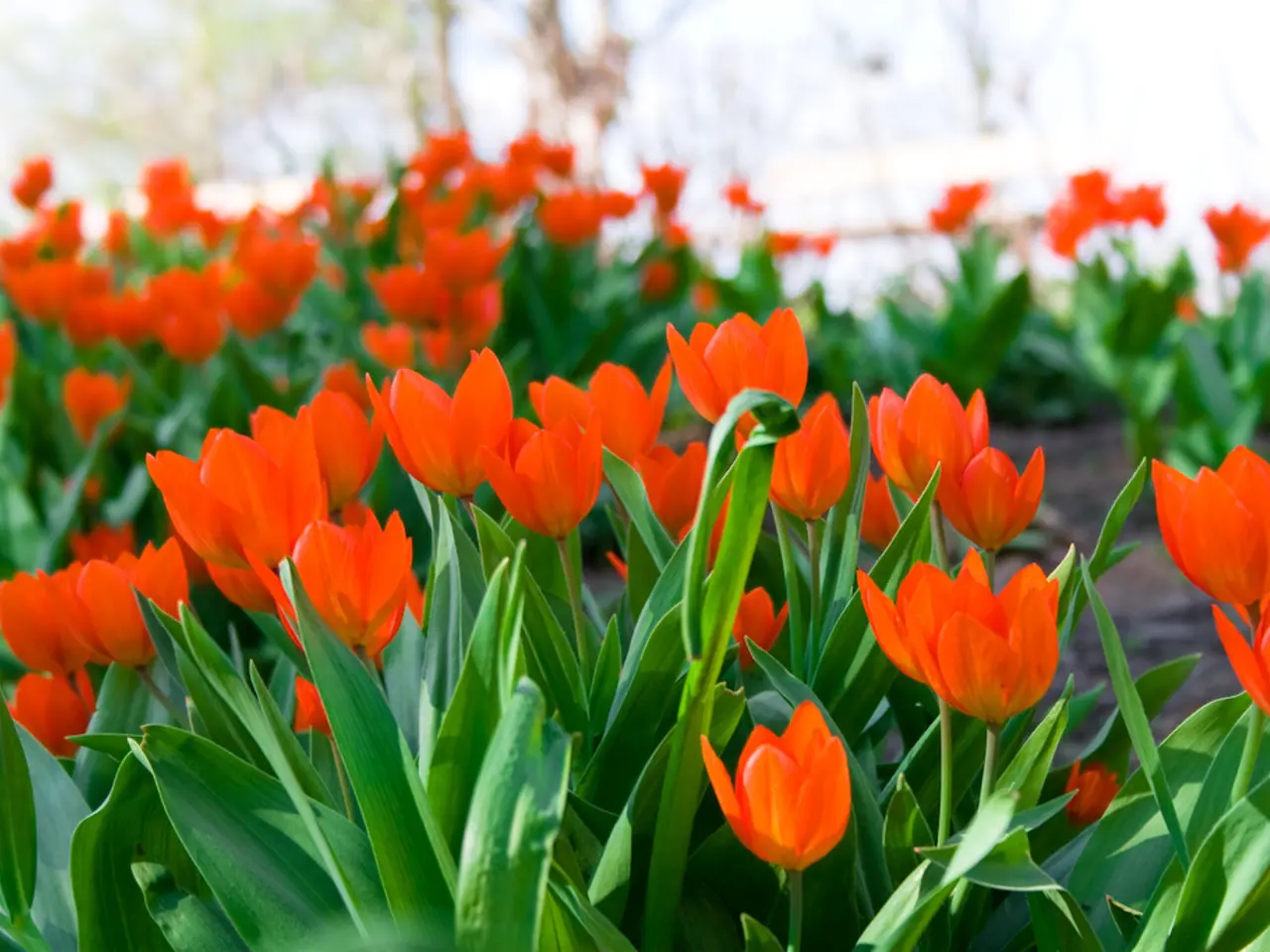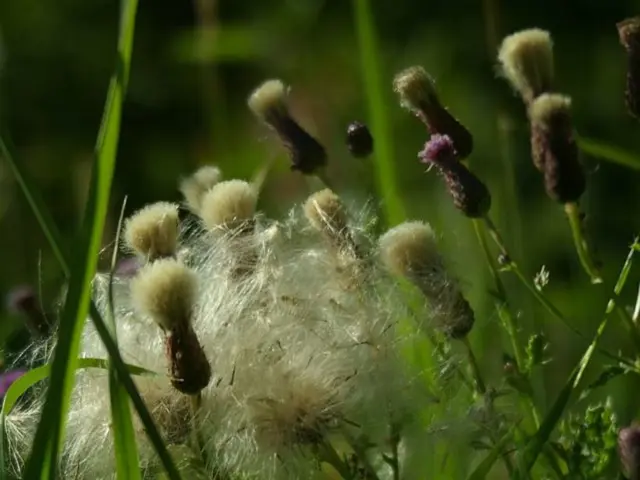Planting Tulips in Zone 6: A Practical Guide for Gorgeous Blooms
Ideal Planting Timing for Stunning Tulip Blooms in Zone 6
Hey there! Let me share my gardening wisdom on planting tulips in Zone 6. As a seasoned horticulturist with over 15 years under my belt, I've got plenty of experience under the dirt to help you create a dazzling spring display.
My favorite time to plant tulip bulbs in Zone 6 is during the autumn months, between late September and November. This window of opportunity allows the bulbs to settle into cool, not-yet-frozen soil, setting the stage for a fantastic spring bloom.
Choosing the Right Bulbs and Planting Time
Selecting quality bulbs is crucial for a successful tulip garden. When picking bulbs, check that they are firm, free of blemishes, and larger in size as this indicates a healthier and more fabulous bloom.
Preparing the Planting Site
A well-draining soil is vital for the health of your tulips. Incorporate organic matter like sand or compost into the soil, and ensure a pH between 6.0 and 7.0 to provide the best environment for these beauties. Tulips love full sun, with at least 6 hours of direct sunlight daily, making them ideal for sunny spots in your garden.
Tulip Planting Techniques
Plant bulbs at a depth of 6-8 inches, with the pointed end facing up. Maintain a distance of 4-5 inches between each bulb, allowing enough room for growth. Remember, proper planting depth and spacing are essential for a successful tulip garden.
Caring for Tulips and Protecting Them
Pests and diseases can pose a threat to your precious tulips. Keep an eye out for signs of bulb rot and tulip fire. If you notice any signs, promptly remove and destroy affected bulbs. To protect the bulbs from rodents, consider using blood meal or chicken wire.
After the blooms fade, remove the spent flowers to prevent seed production and direct energy back into the bulb for next year's growth. Allow the foliage to die back naturally, as it helps the bulbs store energy for the next season.
Hot Tips for a Stunning Tulip Display in Zone 6
- Plant tulips in a location with full sun, ideally with at least 6 hours of direct sunlight daily.
- Ensure that your soil is well-drained to prevent bulb rot and fungal diseases.
- Invest in quality bulbs that are firm, free of blemishes, and larger in size.
- Plant your tulips between late September and November to ensure a full spring bloom.
- Use blood meal or chicken wire to protect your bulbs from rodents.
- Allow the foliage to die back naturally after blooming to help the bulbs store energy for next year's growth.
Planting tulips in a home-and-garden setting, specifically in Zone 6, can be accomplished during the autumn months, between late September and November. To create a stunning display, choose quality bulbs that are firm, free of blemishes, and larger in size, and plant them in a location with full sun and well-draining soil, ensuring a pH between 6.0 and 7.0 for optimal growth.








